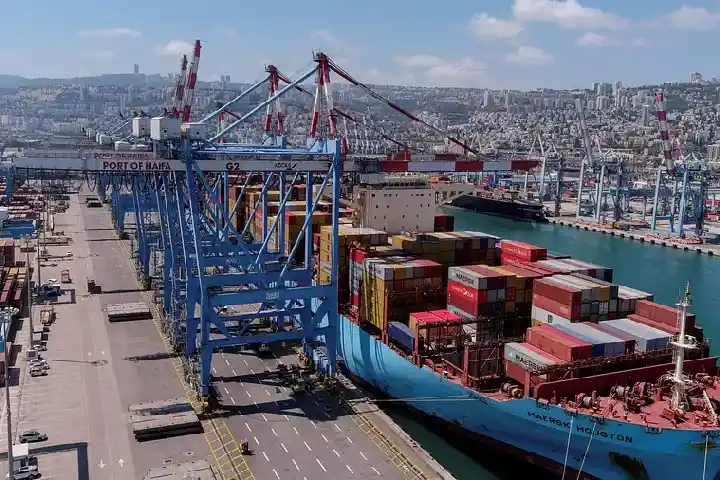The ongoing conflict in the Middle East, confined mainly to the Gaza region now, has caused only negligible disruption in India’s trade so far, according to the report based on the CRISIL Ratings. Some sectors such as fertilisers and diamonds — both cut and polished — may see a slight, but manageable, impact, while for most others impact will be insignificant, the report added.
But the conflict has driven up prices of gold and crude oil. Their trajectories will bear watching, especially crude oil, given India’s high dependence on its import. Also, elevated crude oil prices have a cascading impact on a host of other sectors that consume the oil itself or linked raw materials.
India’s trade with Israel is relatively low, accounting for 1.9% of total exports and 0.3% of total imports last fiscal session. The merchandise exports mainly comprise polished diamonds and petroleum products, including refined hydrocarbons, while imports largely comprise industrial equipment, fertilisers, rough diamonds and precious stones.
For domestic diamond polishers, Israel is primarily a trading hub. Exports to the country were 5% of total diamond exports from India last fiscal. Additionally, 2% of all roughs imported are from Israel. Polishers also have alternative trading hubs, such as Belgium and the United Arab Emirates, with ultimate customers based in the US and Europe.
Israel is a major global producer of muriate of potash (MoP) and among the top three countries that India imports from, accounting for 25% of all MoP imports last fiscal. However, the share of MoP (as final product or as an ingredient in other fertilisers) remains low at 10% of domestic fertiliser consumption. Additionally, India’s ability to source from other countries lowers the supply risk.
Since the Middle East conflict began in early October, gold prices have surged 13-15% to over Rs 60,000 per 10 gm. Further sharp increases would materially dent affordability and growth of gold jewellery retailers. Their inventory-related borrowings could then rise, which can have some bearing on debt metrics.
Any spillover of the conflict to nearby oil producing and exporting regions could result in supply-related constraints and spiralling prices of crude oil. Within a week of the conflict, crude oil prices rose 4% to $90 per barrel but have stabilised a tad lower thereafter. A sharp rise in crude oil prices will impact linked sectors in India, such as aviation, automotives, paints, tyres, cement, chemicals, synthetic textiles and flexible packaging. Besides, higher inflation may lead to interest rates continuing to rule firm in India till the conflict de-escalates.
While the overall impact on India remains low as of now, any spread of the conflict leading to disruption of operations at major ports can have some impact.


